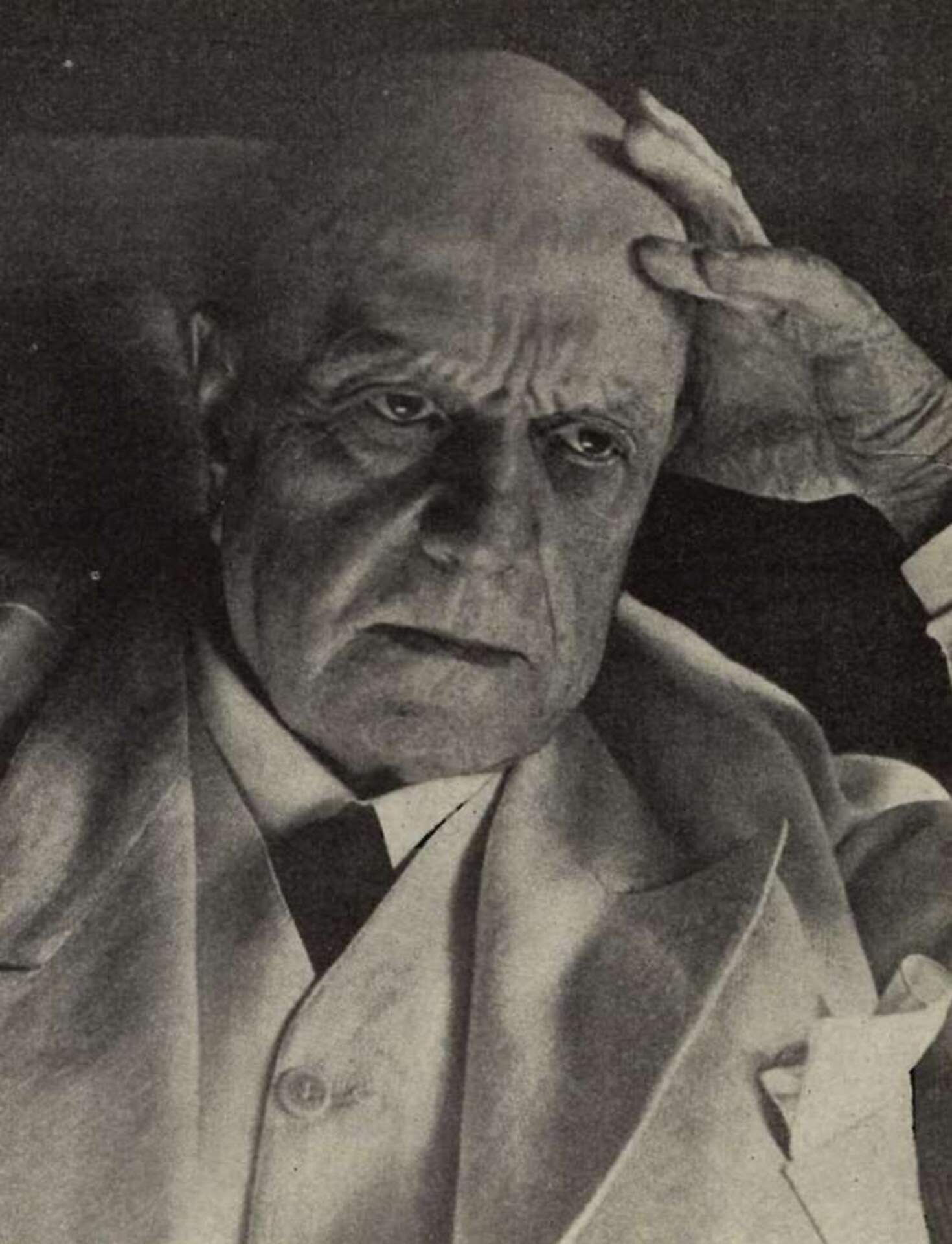Jean Sibelius
(1865-1957)
Finnish
Born: Hämeenlinna, Finland
Johan Julius Christian “Jean”/“Janne” Sibelius (1865-1957) was a significant Finnish composer who was influenced by Tchaikovsky and other romantic composers, but by the early 1900s had adopted a more classical style. He is noted for his love of nature, especially focusing on the Finnish landscape. For example, he said his Sixth Symphony, "always reminds me of the scent of the first snow." Biographer Erik Tawaststjerna wrote: "Even by Nordic standards, Sibelius responded with exceptional intensity to the moods of nature and the changes in the seasons: he scanned the skies with his binoculars for the geese flying over the lake ice, listened to the screech of the cranes, and heard the cries of the curlew echo over the marshy grounds just below Ainola. He savoured the spring blossoms every bit as much as he did autumnal scents and colours."
Charles Burchfield was not familiar with the term “synesthesia,” but he recognized similar sensitivities in others—notably Jean Sibelius—whose music he greatly admired. Burchfield wanted his large-scale watercolors to communicate the same kind of suffering, passion, and heroic romanticism that he heard in symphonic music, particularly that of Beethoven and Sibelius. As early as 1930, he wrote: “I have just received the Second Symphony of Sibelius ― Its power & beauty overwhelms me ― what a magnificent genius is Sibelius ― All the torture of barrenness and indecision that this autumn assailed me are dissolved in this elemental music ― pictures and ideas pour in upon me ― my joy is almost too great to be borne.”
Jean Sibelius wrote Finlandia in 1899 and revised it in 1900 to inspire patriotism and support freedom of the Finnish press which was under the control of tsarist Russia. He was instrumental in providing the nationalist music for Finland, which declared its independence on December 6, 1917, shortly after the Bolshevik Revolution. Just as Sibelius created music that evoked the northern landscape, Burchfield created symbolic representations of a pure, hauntingly beautiful, and awe-inspiring North woods. “North is an arbitrary term,” he wrote late in life, “It is the Pole that my imagination yearns for —” The Center’s 2015 exhibition Mystic North: Burchfield, Sibelius & Nature explored this relationship, including Burchfield’s artworks that illustrate his evolving concept of winter’s power and beauty, an idealized northland, as well as audio-cryptograms—the motifs he devised to make sound visible. — Nancy Weekly
